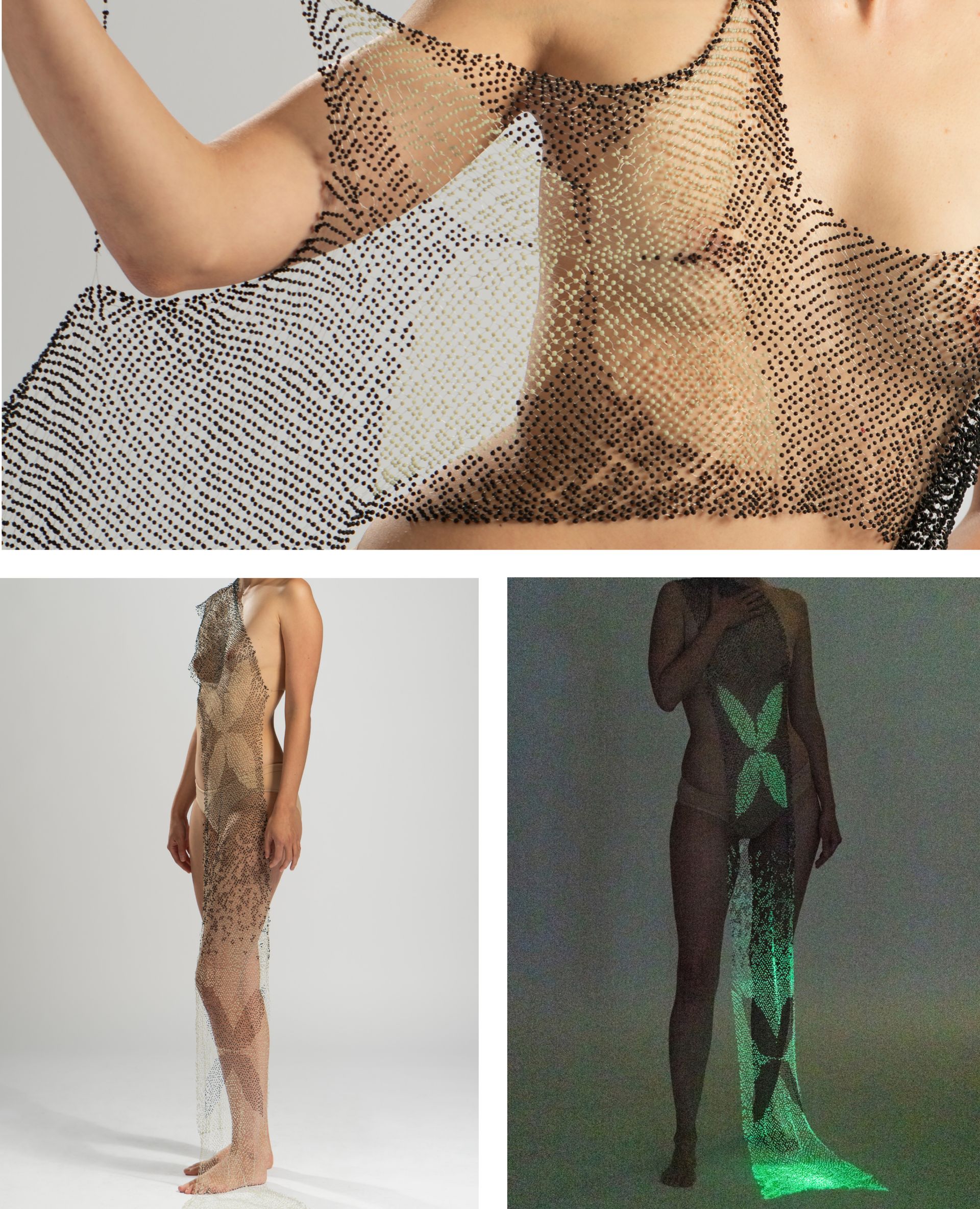
Aradhita Parasrampuria, Cellsesne (2022)
Biodegradable beads made using algae
Aradhita Parasrampuria has created a collection of pieces utilizing biodegradable algae-based embellishments that transform with their environment, in order to challenge the separation between artific Read more
Stay informed
Join out newsletter about climate change and art.
By subscribing you agree to Substack's Terms of Use, our Privacy Policy and our Information collection notice
Climate Art Collection e.V.
contact@climateartcollection.comBöttgerstr. 16, 13357 Berlin, Germany
Imprint & Data privacy